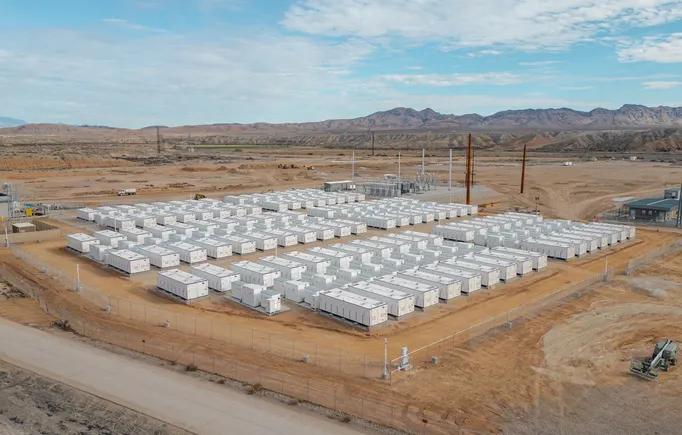How to Sell and Buy a House at the Same Time: Everything You Need to Know
Learn how to sell and buy a house at the same time. From financing to planning, find out what to expect when selling and buying at the same time. The post How to Sell and Buy a House at the Same Time: Everything You Need to Know appeared first on Redfin | Real Estate Tips for Home Buying, Selling & More.
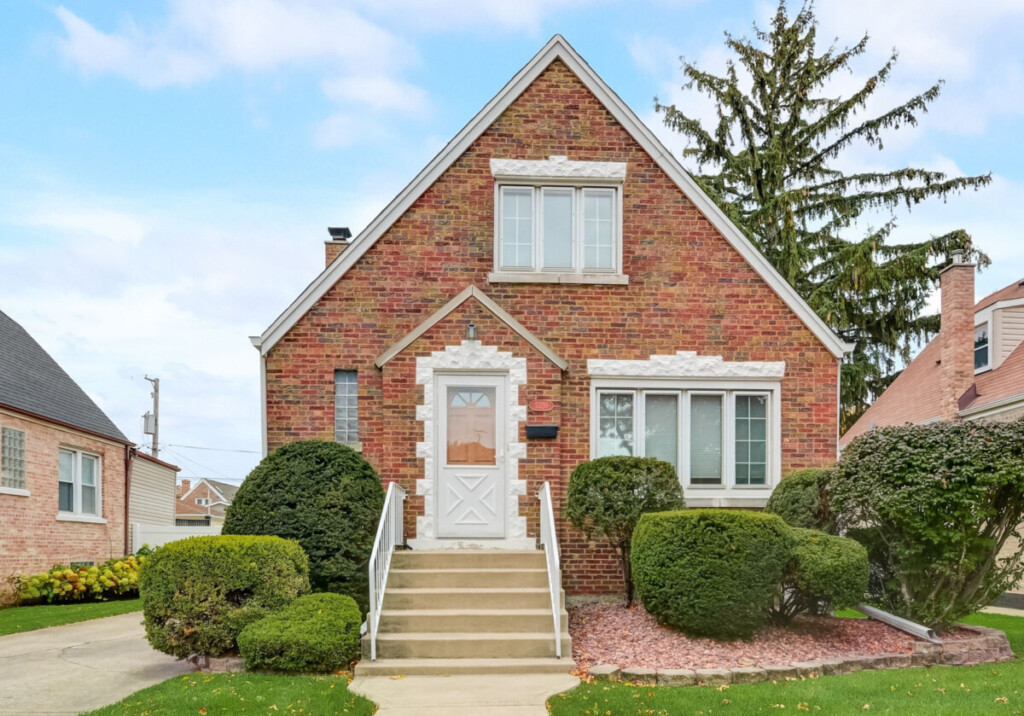
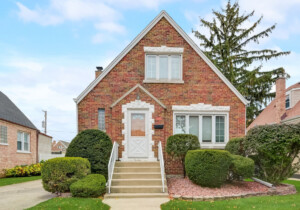
If you’re a homeowner looking to buy your next home, then you’ll likely have to juggle selling and buying at the same time. In an ideal world, you’d close on both homes on the same day, but that’s rarely the case. Expect some time between selling your house and buying a new one – or vice versa.
In this Redfin article, we’ll outline the steps for selling and buying a house at the same time. Whether you’re looking at homes in Indianapolis, IN, or in Lubbock, TX, here’s how to sell and buy a home at the same time – and what you can expect along the way.

Decide whether to sell or buy first
The first step in buying and selling a home at the same time is to decide what to do first – sell or buy. Understanding the local housing market can help you determine which is best for you. If you’re moving from one city to another, the housing market may be different, so you’ll need to time your sale properly.
Learning whether the housing market is a buyer’s or seller’s market can be a great way to determine what to do first.
Is it a buyer’s market?
A buyer’s market means there are more homes for sale than buyers. As the buyer, you’ll likely have more options and negotiating power. However, it could take longer to sell your home than you’re anticipating.
Options to consider:
- Home sale contingency: Allows you to back out of buying if your current home doesn’t sell, useful when relying on proceeds from the sale.
- Extended closing: Gives you more time to sell your home before finalizing the purchase.
Is it a seller’s market?
A seller’s market means there are more buyers than homes for sale. As the seller, you’ll likely have an easier time selling your home. However, you may find it difficult to buy a home in this market.
Options to consider:
- Settlement contingency: Used when you’ve accepted an offer on your home but need the sale to close before purchasing a new one.
- Rent-back agreement: Allows you to temporarily rent your home from the new owner, giving you extra time to find your next home.
Sell or buy first — Which option is best for you?
The best approach depends on your financial situation, risk tolerance, and housing market conditions. Here’s how to decide:
- Sell first if:
- You need the proceeds from your home sale for your next home’s down payment.
- You want to avoid the risk of paying two mortgages at once.
- You’re in a buyer’s market, where homes take longer to sell.
- Buy first if:
- You have enough savings or financing options (like a HELOC or bridge loan) to cover a down payment before selling.
- You want to avoid the stress of finding temporary housing.
- You’re in a seller’s market, where homes sell quickly and you may struggle to find a new home.
- Use contingencies if:
- You want flexibility—home sale contingencies protect buyers, while rent-back agreements help sellers who need extra time.
If you’re unsure, consult a real estate agent who understands your local market and can guide you based on current conditions.
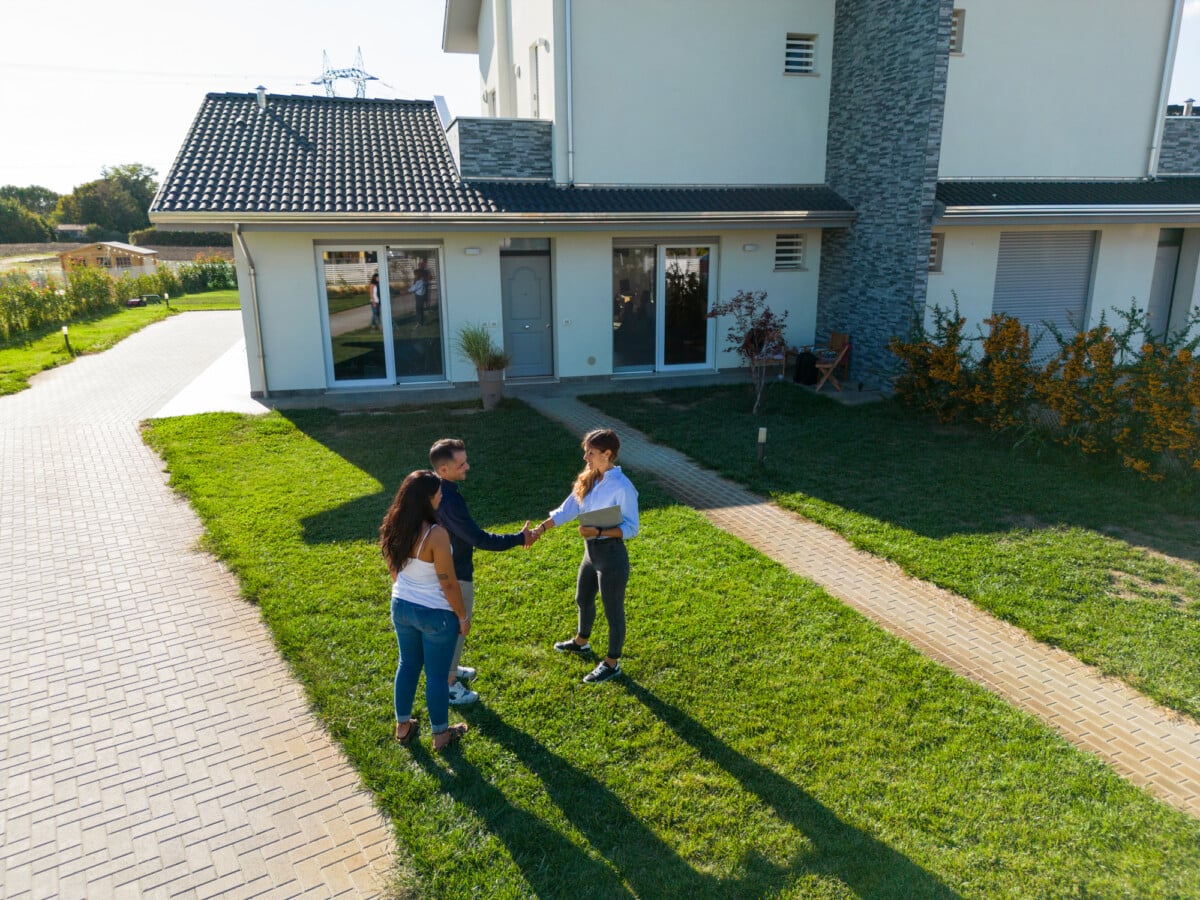
How to sell your home before buying
Step 1: Contact a listing agent
First, you’ll want to contact a real estate agent about listing your home for sale. Your listing agent can help you price your home correctly, market it, and read through offers. They can determine the right timeline for you to list your home and when to begin looking for your next home. That way you won’t have too much time between selling and buying.
Step 2: Determine where you’ll live next
One crucial step before selling your home is deciding where you’ll live next. Depending on the market, you may find it difficult to find the right home to purchase. You’ll need to determine if you’re going to buy a new home right away, begin searching for a short-term rental, or consider a rent-back agreement.
Step 3: Consider a rent-back agreement
Once you start receiving offers on your home, consider a rent-back agreement. A rent-back agreement is a temporary lease where you rent back your old home from the new owners once the sale is completed. This allows you more time to buy your next home or complete the sale if you’re already in the process of buying. Rent-back agreements can also be a good option so you don’t have to move twice.
Step 4: Begin looking for homes
After accepting an offer and deciding where you’ll live next, it’s time to start looking at homes. Determine your budget, location, and wish list for your next place. Consult with a buyer’s agent to help you find properties and coordinate with your home sale.
Step 5: Close on your old home and move
Once your old home has closed, it’s time to move out unless you have a rent-back agreement.
Pros and cons of selling before buying
Pros of selling first
- You won’t pay for two mortgages at the same time.
- You’ll have proceeds from the home sale to use for a down payment for your new property.
- You won’t feel pressure to reduce your listing price to sell your home quickly.
Cons of selling first
- Finding a temporary place to live before buying a new home may be stressful.
- You’ll probably have to move two separate times – which can be costly.
- You may feel pressure to find a new home quickly.
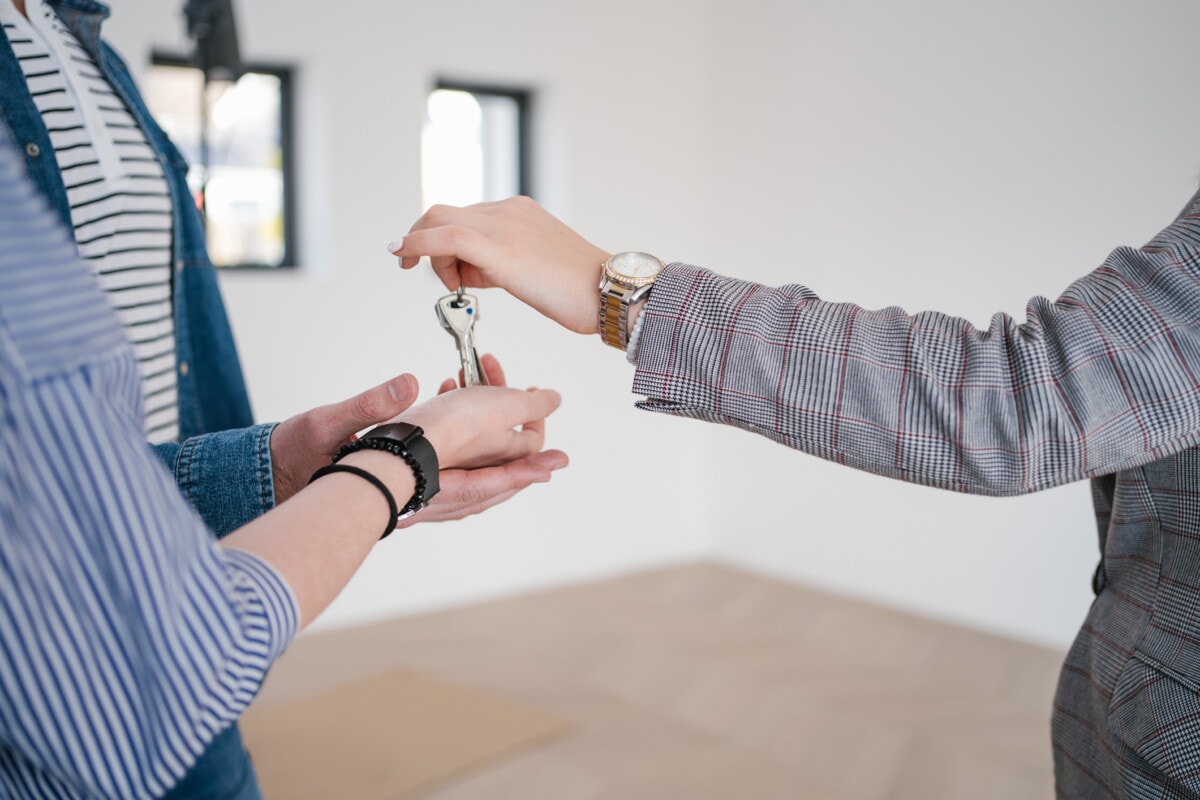
How to buy a home before selling
Step 1: Begin looking at homes for sale
You’ll want to start house hunting right away. Finding the right home quickly means you’ll be able to list your house for sale faster. However, it’s important not to rush into a home that doesn’t fit your needs.
Step 2: Determine your financing
One of the biggest hurdles of buying a new home before selling your old one is financing. There are a few ways to finance your next home purchase without the proceeds from your home sale.
Savings: If you have enough savings to cover a down payment, then you’re in a good position to buy a new home before selling your old one. Keep in mind that you’ll also need enough funds for closing costs, additional fees, and moving expenses.
Home equity line of credit (HELOC): It’s common that your savings are tied up in your current home. A home equity line of credit (HELOC) allows you to access your home equity in order to finance your next home purchase. If you qualify, this can be a good option.
Bridge loan: A bridge loan is a short-term loan that allows you to cover the cost of a down payment until the home closes. Some banks offer this loan, but not all, and it can be difficult to qualify.
401(k) loan: You can withdraw or take a loan out of your 401(k) to buy your next home. However, there are various penalties and strict repayment schedules associated with using your 401(k) funds. It’s best to talk with a financial advisor before making this decision.
Step 3: Make an offer with stipulations
When making an offer on your next home, consider including one of a few conditions. First is an extended closing. You may want to request an extended closing if you feel you’re close to selling your home. It can give you enough time to coordinate the sale of your home while still purchasing a new one.
Your second option is to include a home sale contingency in your offer. This allows you to back out of the home sale if your current home doesn’t sell. In other words, buying a new home is contingent on the sale of your old home.
Step 4: Close on your new home
Once your offer is accepted, you’ll begin the closing process. From applying for your mortgage and scheduling inspections and appraisals to paying closing costs and getting the keys, there is a lot to cover. Depending on what loans you may need to finance your purchase, the process can be complicated.
Step 5: List or rent out your old home
Unless you’ve already listed your home for sale or sold it, now’s the time you’ll want to list your old house for sale. Another option to consider is renting out your old home. Depending on the market conditions, this can be a good idea to help offset the costs of owning two homes.
Pros and cons of buying before selling
Pros of buying first
- Finding the right home may not be as stressful or rushed.
- You only move one time, so you won’t face expensive storage fees or double moving expenses.
- You’ll still have your old home to stay in if something goes wrong during the process of purchasing the new home.
Cons of buying first
- You may end up paying for two homes until you sell your house.
- You may not qualify for a new mortgage with your existing one.
- You may not be able to make a larger down payment or buy a more expensive home if your cash is tied up in the investment in your current home.
- You may be pressured to accept a lower offer on your house if you’re rushed to sell.
- If you decide to rent out your current home until it sells, you may face many challenges that come with being a landlord.
Final thoughts about selling and buying a home at the same time
At the end of the day, it’s up to you and your circumstances whether you sell your current home or buy a new one first. There are pros and cons to both ways, but understanding your finances, determining a timeline, and working with a skilled real estate agent can help make the process that much easier.
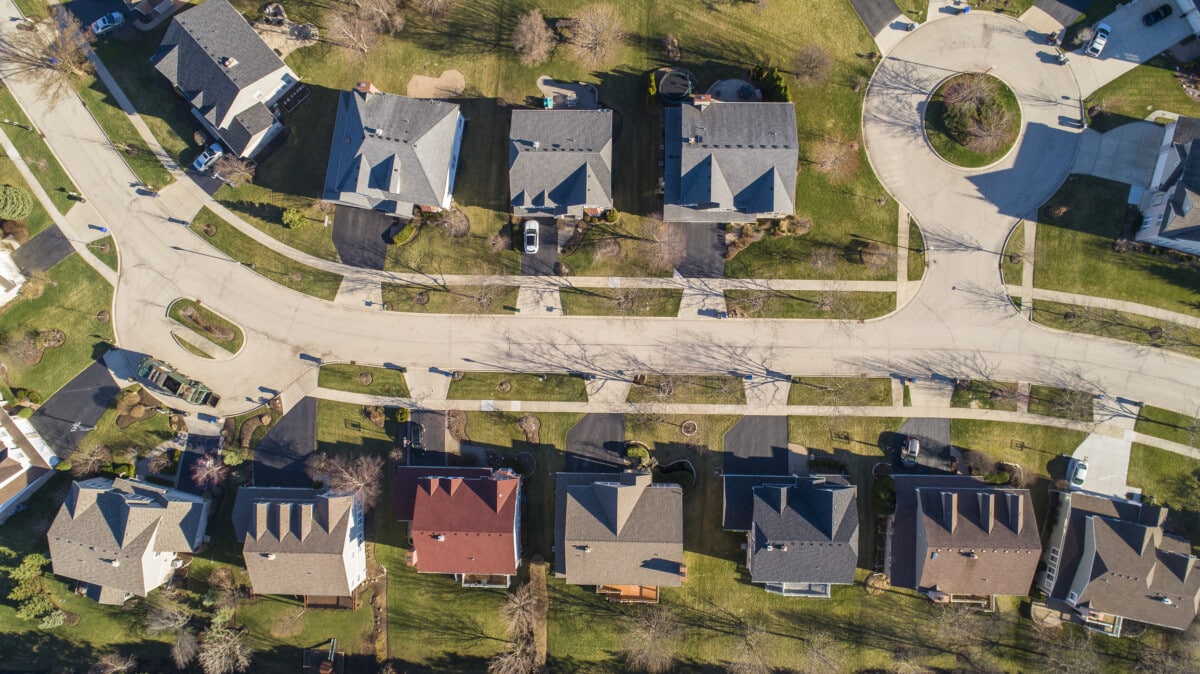
Buying and selling at the same time FAQs
1. What happens if I sell my home but can’t find a new one in time?
If you sell first but don’t have a new home lined up, you can consider a rent-back agreement, short-term rental, or staying with family or friends while you continue your home search.
2. How do I time selling and buying to avoid paying two mortgages?
To minimize overlap, you can:
- Negotiate a contingency in your purchase agreement that depends on selling your current home.
- Request an extended closing period for your new home.
- Use a bridge loan if temporary dual payments are necessary.
3. What if my home doesn’t sell as quickly as I expect?
If your home takes longer to sell:
- Consider lowering your asking price.
- Improve staging and marketing with your real estate agent.
- Look into renting out your home temporarily to offset costs.
4. Should I use the same real estate agent for selling and buying?
Using the same agent can simplify coordination and negotiations, but if you’re moving to a different city, a local expert in your new area may be more beneficial.
5. How do I make an offer on a new home without the proceeds from selling my current one?
You can include a home sale contingency, negotiate a longer closing period, or use a HELOC or bridge loan to finance the purchase temporarily.
The post How to Sell and Buy a House at the Same Time: Everything You Need to Know appeared first on Redfin | Real Estate Tips for Home Buying, Selling & More.














































































































































